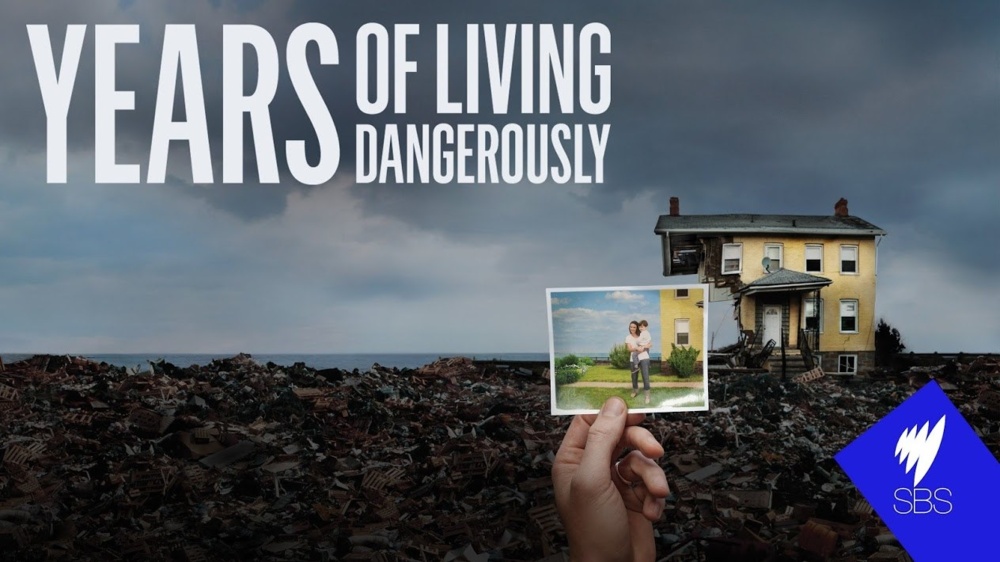
Communicating climate change after years of living dangerously
Last month saw the season finale of ‘Years of Living Dangerously’, a nine-part documentary series which aired on the U.S. network Showtime. For those who missed it, the series tackles the often divisive issue of climate change in a refreshing and engaging way. The show’s Executive Producers include big Hollywood names like Arnold Schwarzenegger and James Cameron while its slick production and celebrity reporters means that the programme has broad appeal and comfortably assumes its primetime slot.
Despite dramatic overtones, the show - which has been endorsed by world leaders such as US President Barack Obama and World Bank President Jim Yong Kim - is uncompromising on content. From Harrison Ford to Jessica Alba, the show’s reporters all have real interests in climate change and investigate and present the issues in a rigorous and well-informed manner - often revealing important twists and nuances.
Rather than being a distraction, the programme's mainstream appeal is central to its aims. By filming real people and showing real impacts, the show’s creators aimed to make the reality of global environmental change something which people can connect to and understand at a personal level - rather than seeing climate change as a complex scientific, divisive party-political or contentious religious issue. This is an ambitious task as the US remains deeply divided on the topic and many Americans continue to view climate change as a distant threat.
Years of Living Dangerously excels in communicating climate change - not just as a physical process but also as something which affects normal people’s lives in drastic and sometimes under-recognised ways. Throughout, the show emphasises that our changing climate is, for instance, an employment issue, a housing issue, a food security issue and a conflict issue just as much as it is an environmental one. It presents the tragic human consequences of climate change as the basis of a moral rather than political justification for action.
States, scientists and major economic actors tend to dominate discussions on climate change, meaning that individual and community concerns are often overlooked. Like Years of Living Dangerously, EJF’s Home Truths network seeks to address this imbalance by providing a platform for those affected by climate change to express their concerns and have their voices heard.
By presenting the human face of climate change, whether it be a family displaced by flooding in Bangladesh or oyster fishermen on the US Gulf Coast who are struggling to make a living due to saltwater intrusion, we are reminded of the high cost of inaction. It is vital that those on the frontlines of climate change are listened to if we are to effectively address the challenges of climate change. Shows like Years of Living Dangerously offer essential platforms which enable us to do just that.
Click here to watch the full season premiere of Years of Living Dangerously.
SIGN UP FOR OUR EMAILS AND STAY UP TO DATE WITH EJF